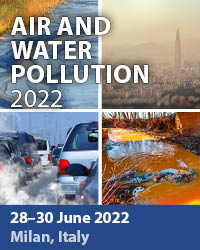Adaptation Of Life Cycle Assessment (LCA) To Agricultural Production On A Regional Scale In Japan
Price
Free (open access)
Transaction
Volume
81
Pages
8
Published
2005
Size
637 kb
Paper DOI
10.2495/ECO050661
Copyright
WIT Press
Author(s)
S. Mishima, S. Taniguchi & M. Komada
Abstract
LCA was applied to paddy rice farming with a relatively low livestock production area on a mid-river basin scale in Japan. Conventional farming, standard application of chemical fertilizer and manure, and low chemical fertilizer input and forage production scenarios were tested. The aquatic eutrophication potential and the global warming potential per unit of crude protein production were lower for low chemical fertilizer input and forage production than for conventional farming, although terrestrial eutrophication was not reduced. These results indicated that reduced input would be effective in areas with contamination of ground and surface water and regulation of nutrient input would be reasonable. Abiotic resource use was also lower for low chemical fertilizer input and forage production than for conventional farming. Recycling of livestock excreta would be viable in non-intensive livestock production areas. Keywords: agriculture, fertilizer, life cycle assessment, livestock, region. 1 Introduction Life cycle assessment (LCA) is a method that integrates various environmental impacts at each production step into simple indices to indicate what and where are the hot spots of environmental load on production. Brentrup et al. [1] devised theoretical steps to adapt agricultural production to LCA and evaluated environmental impact on wheat and beet production [2, 3]. Despite several trial calculations for effective nitrogen (N) management for low impact agriculture at regional and river basin scales [4, 5], LCA has not been applied to these scales. In this study, we tried to apply the LCA method to agriculture to a mid-scale
Keywords
agriculture, fertilizer, life cycle assessment, livestock, region.





